How to choose a good WordPress theme
There are a lot of WordPress themes out there.
WordPress is an open-source CMS software backed up by a powerful community of contributors.
So, currently, 6000+ free and premium WordPress themes are available for you to use.
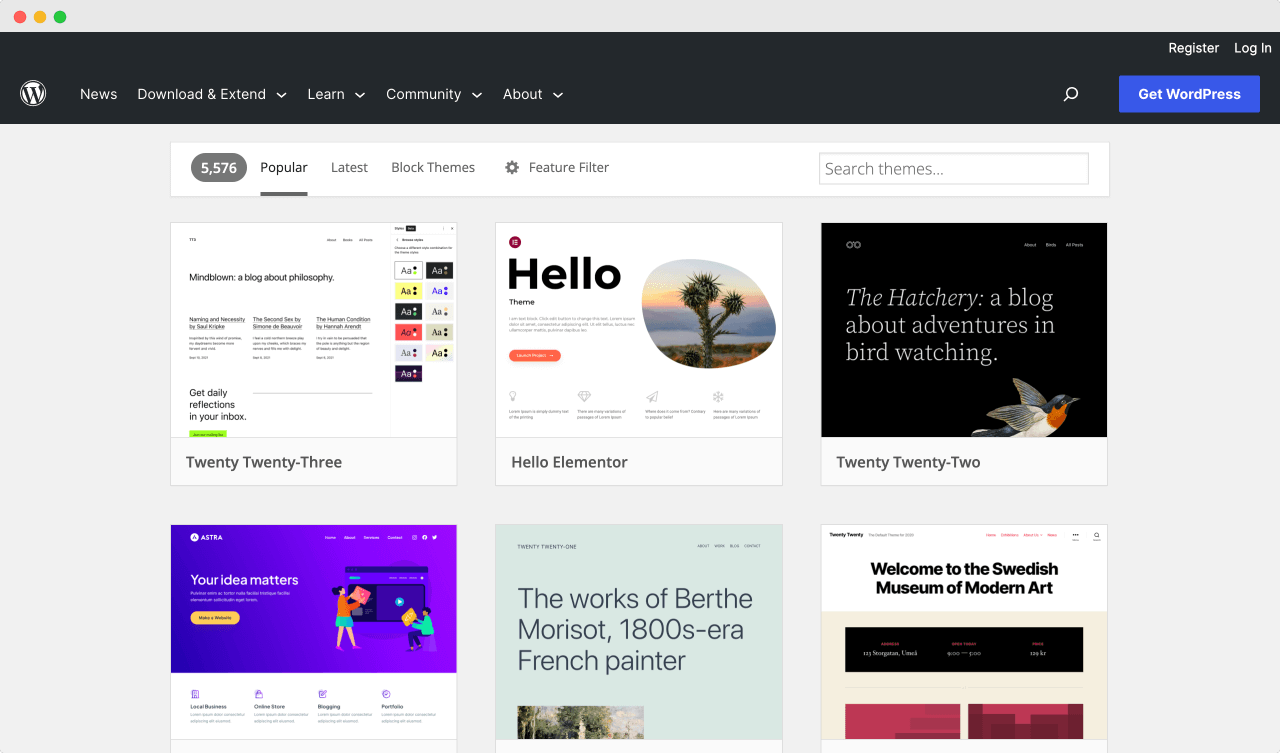
Most of these are Classic themes, and only a few are block themes.
And some of these themes are customizable up to great lengths.
You can install them and play around with them any way you want.
If you don’t like a particular theme, you can delete it and install a different theme that fits your needs. You can do this in a snap.
All thanks to the user-friendly nature of WordPress theme management.
You can also purchase a premium WordPress theme from a marketplace like themeforest.net.
The main differences between premium and free themes are customization options and customer support.
Free themes have fewer customization options, and the customer support is not as good as the support provided for premium themes.
But I still recommend starting with a free theme.
This way, you can gain some knowledge about how WordPress themes work and behave in general.
Then, this experience will help you make a good choice while picking up a premium theme.
Learning with a free theme is more like buying an old car and learning the driving through it.
Once you are driving skills get good, you can purchase a premium car to have fewer scratches on it :D
Having said that, now let’s quickly look at how you choose a good WordPress theme.
Be it a premium or free theme, I follow these four rules while picking up a theme.
A lot of customization options are bad for your website.
Usually, WordPress themes are created with hundreds, if not thousands, of customers in mind.
This is not a problem if we are using a Block theme because we can only customize it through the Full Site Editor.
But if it is a Classic theme, many one-click customization options are provided to satisfy different types of customers.
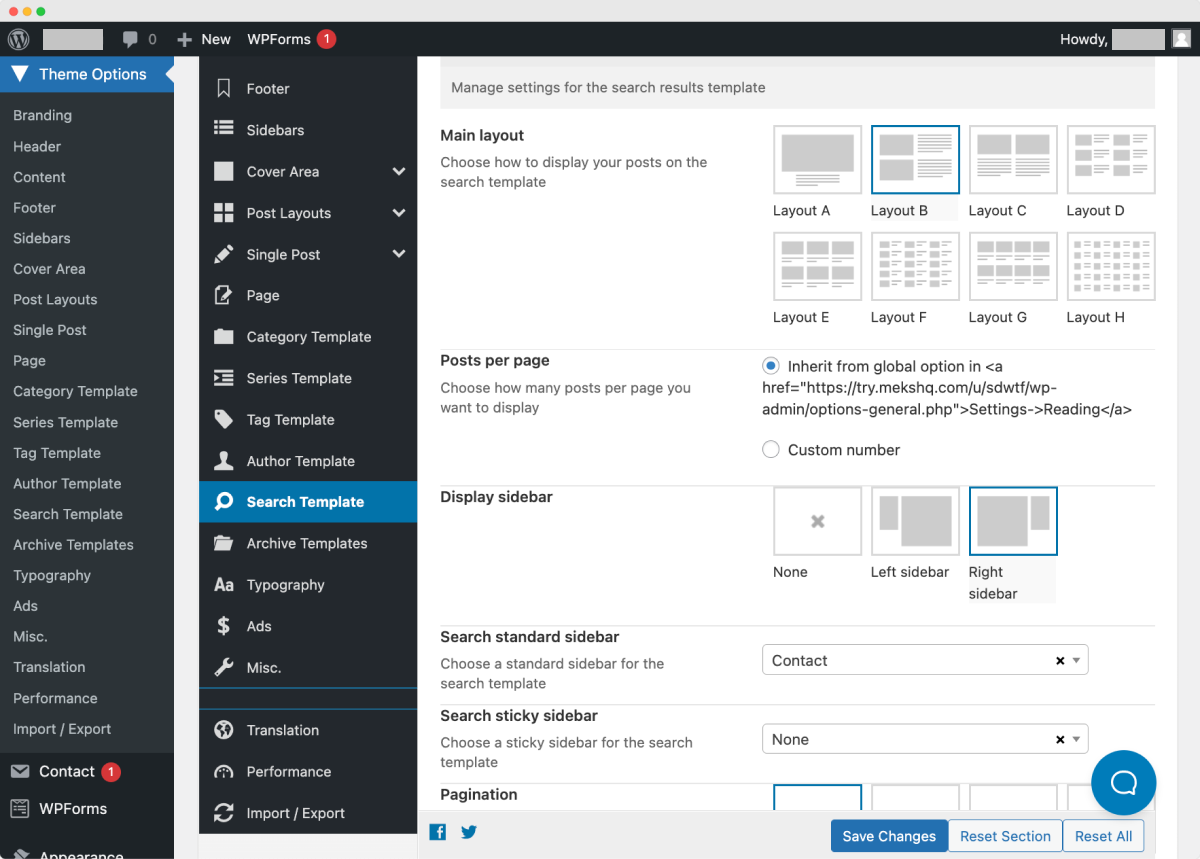
And there are two problems with this.
One: A lot of customization options will hurt the website’s performance because there is a lot of code bloat.
Two: Honestly, we don’t end up using most of those design options. So a lot of the theme code that is costing us a speedy site is not being used by us at all.
For the sake of a performant website, we must choose a lightweight theme that only contains a few important customization options.

But if the customization options are minimal, how do I make by website look unique?
Fair question.
Here is the thing.
Avoid themes that require a lot of customization to reach your design goal.
Long theory short, When choosing a theme, make sure you pick one that looks closer to the design you have in mind for your website.
For example, let’s say you want to create a sports blog.
Do not pick a theme designed for food-based blogs just because it looks good.
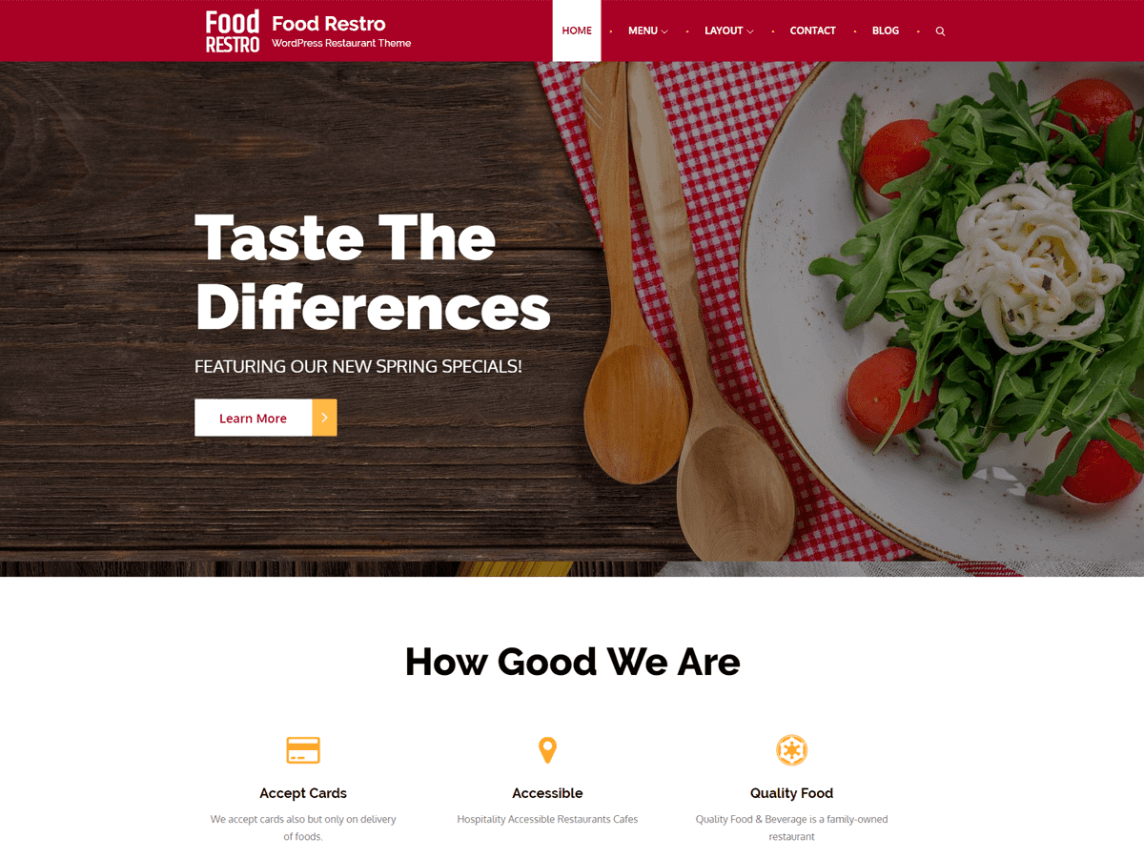
Instead, pick a theme specifically designed for sport-related blogs and make sure the chosen theme looks closer to your design goal.
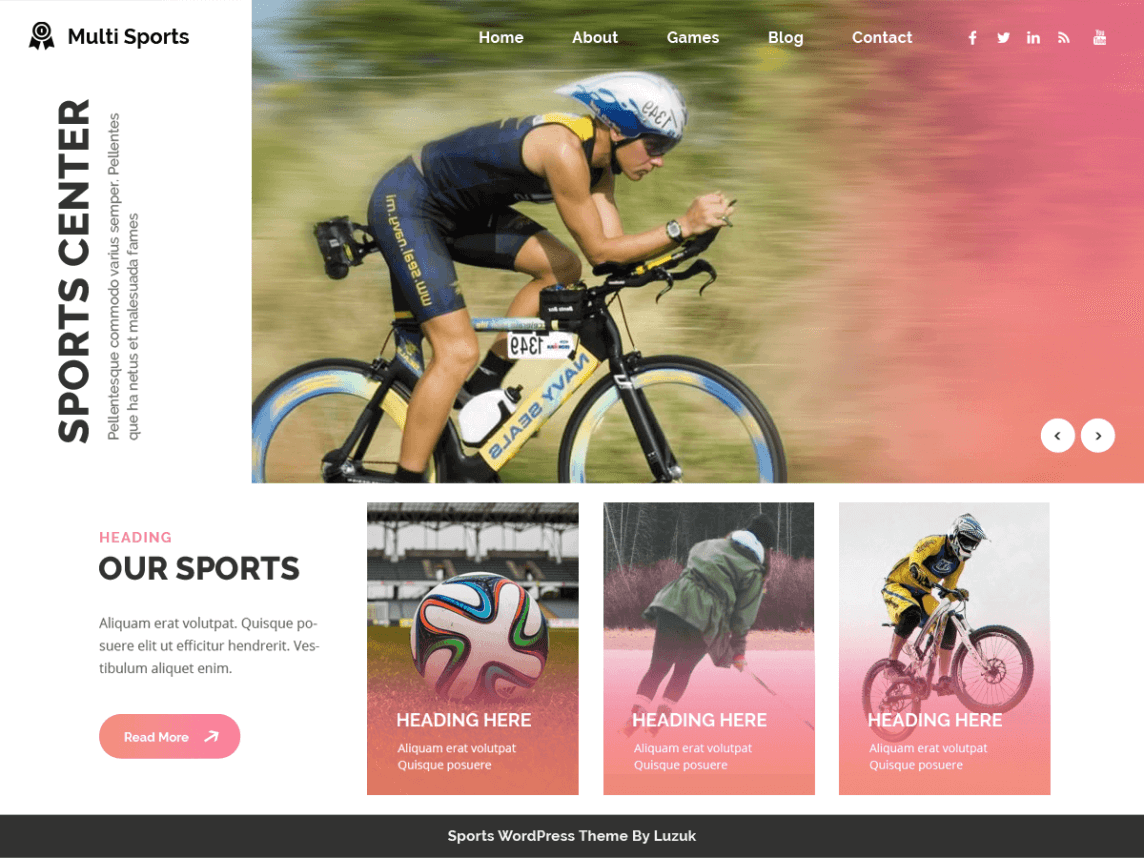
Avoid themes that are not being actively maintained.
The WordPress developer community is huge and passionate.
So, the WordPress software receives regular updates with new features, bug fixes, and security updates.
And authors of WordPress themes must ensure their theme is regularly updated to keep up with the continuously evolving WordPress software.
Good Example: Actively Maintained WordPress theme looks like this.
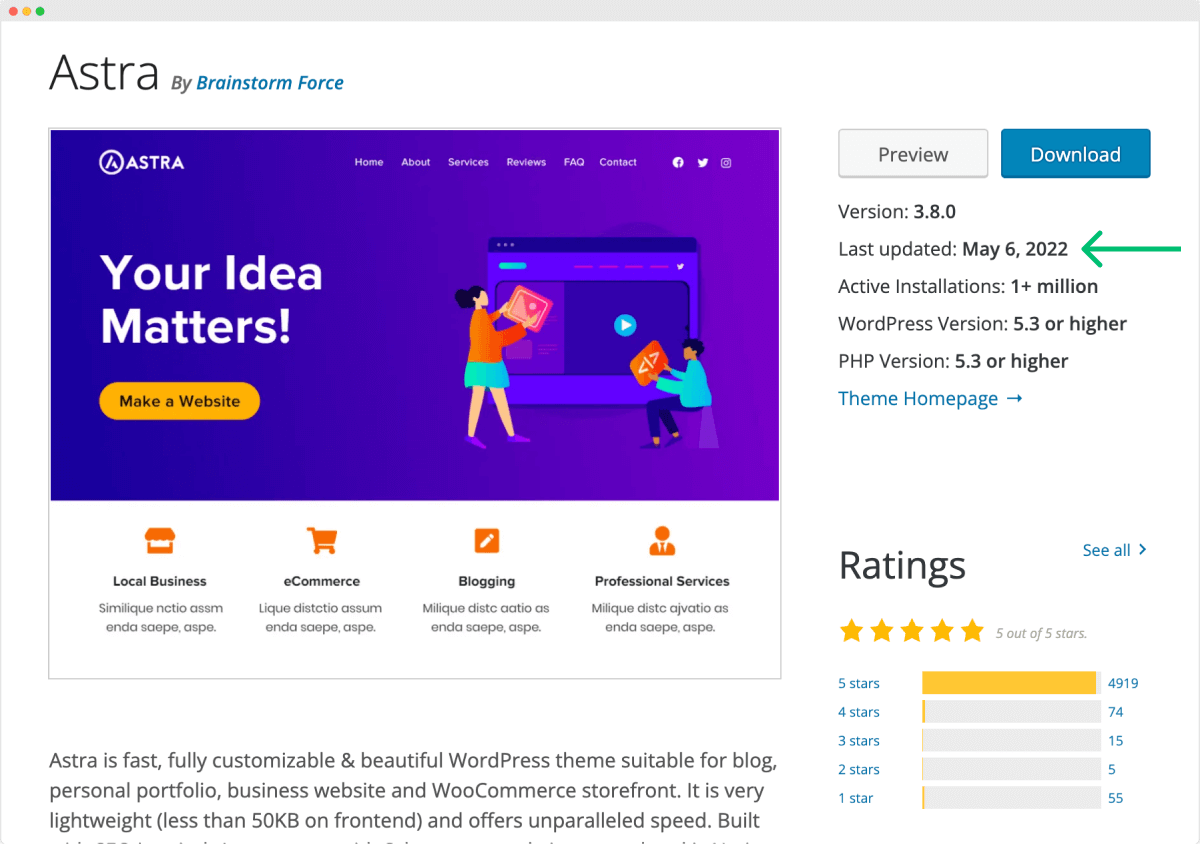
When writing this lesson, the Astra theme was updated ten days ago, which qualifies it as an actively maintained theme.
Technically speaking, if a publicly distributable theme is not updated continuously for more than six months, the entire website’s security and performance could be at risk.
Having said that, most theme developers maintain their themes with regular updates.
So, it is not easy to find a theme that is not regularly updated.
But just in case, when choosing a theme, always check the last updated date.
If it is not updated in the last six months, move on to the next one.
But there are more than 500+ well-crafted themes for WordPress, according to my research.
So, you’ll never run out of good themes for experimentation.
Avoid themes that are poorly rated.
Always consider negative reviews before selecting a theme.
Bad ratings for any product or service exist for a reason.
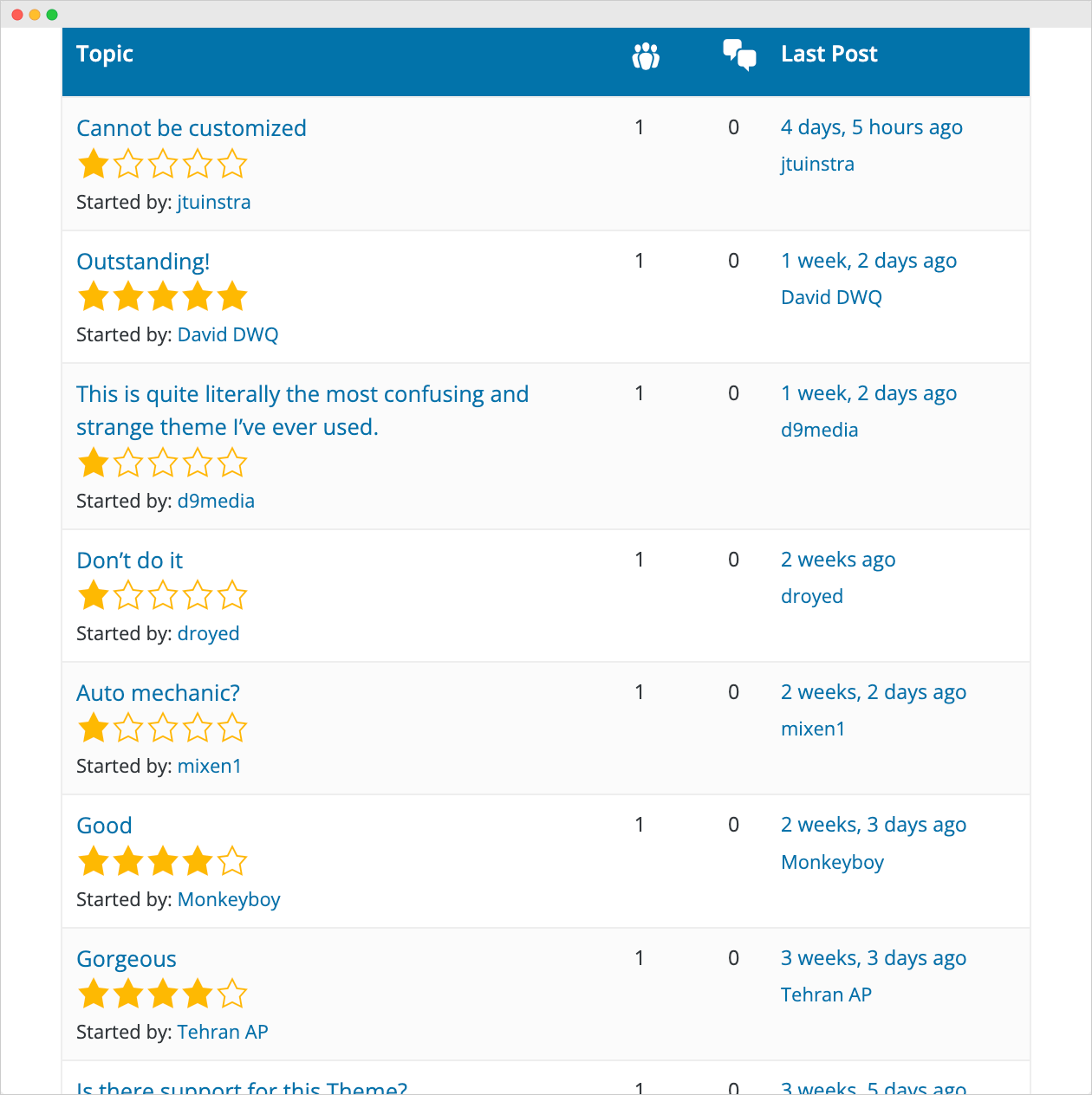
I believe that the customer is always right.
Poor rating will be given:
- When a theme developer doesn’t respond to the queries of the site owner.
- When there are very few customization options.
- When a theme is poorly coded with a lot of errors.
And there could be a ton of other reasons.
In other words, if a site owner is facing many problems with a particular theme, then chances are you will face them too.
So, always choose a WordPress theme that is highly rated.
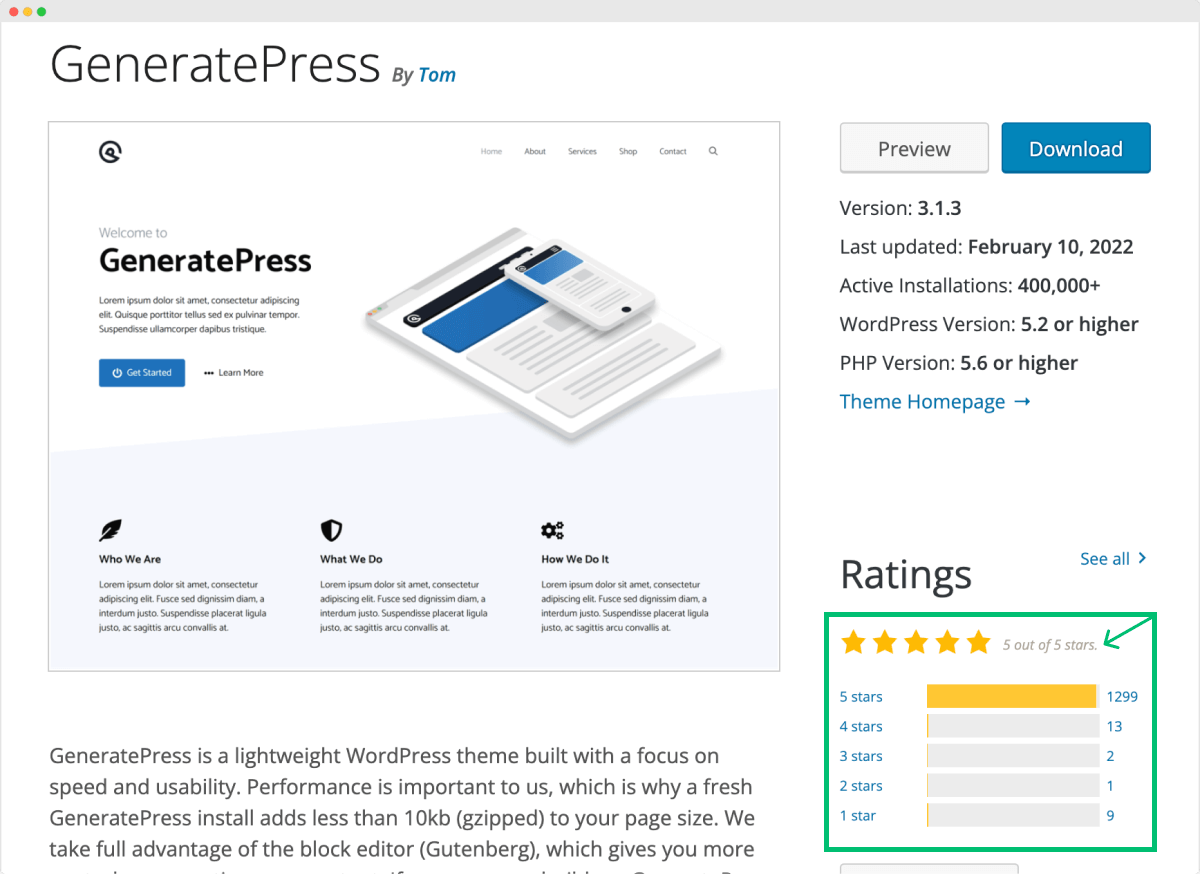
For example, GeneratePress is a highly-rated WordPress theme with very few (less than 1%) negative ratings.
In my experience, you can mindlessly trust themes like Neve, Astra, Kadence, GeneratePress, etc., because thousands of site owners already trust them.
And, of course, only if they fit your design needs.
Anyway, that’s pretty much how you choose a good WordPress theme.
In the next lesson, I will discuss the WordPress theme types.

 © 2025 UsableWP. A project by Naresh Devineni.
© 2025 UsableWP. A project by Naresh Devineni.